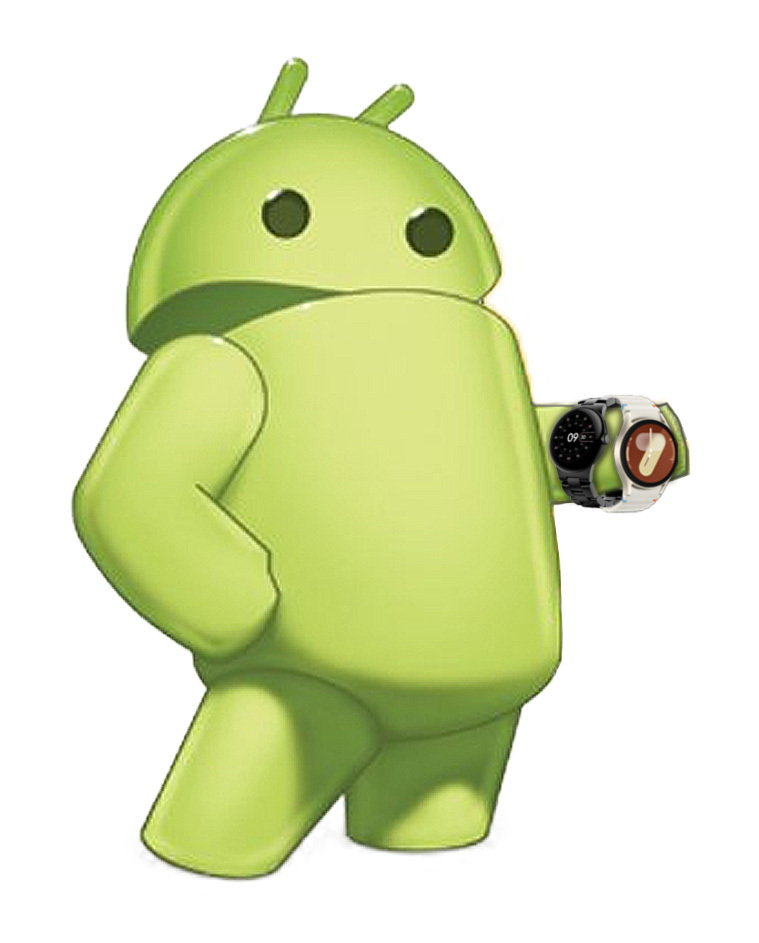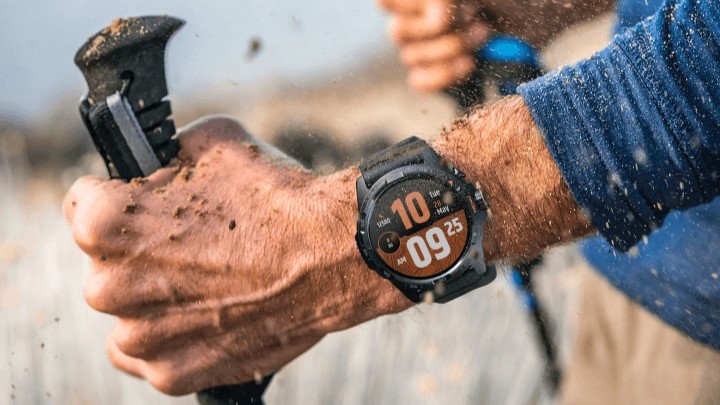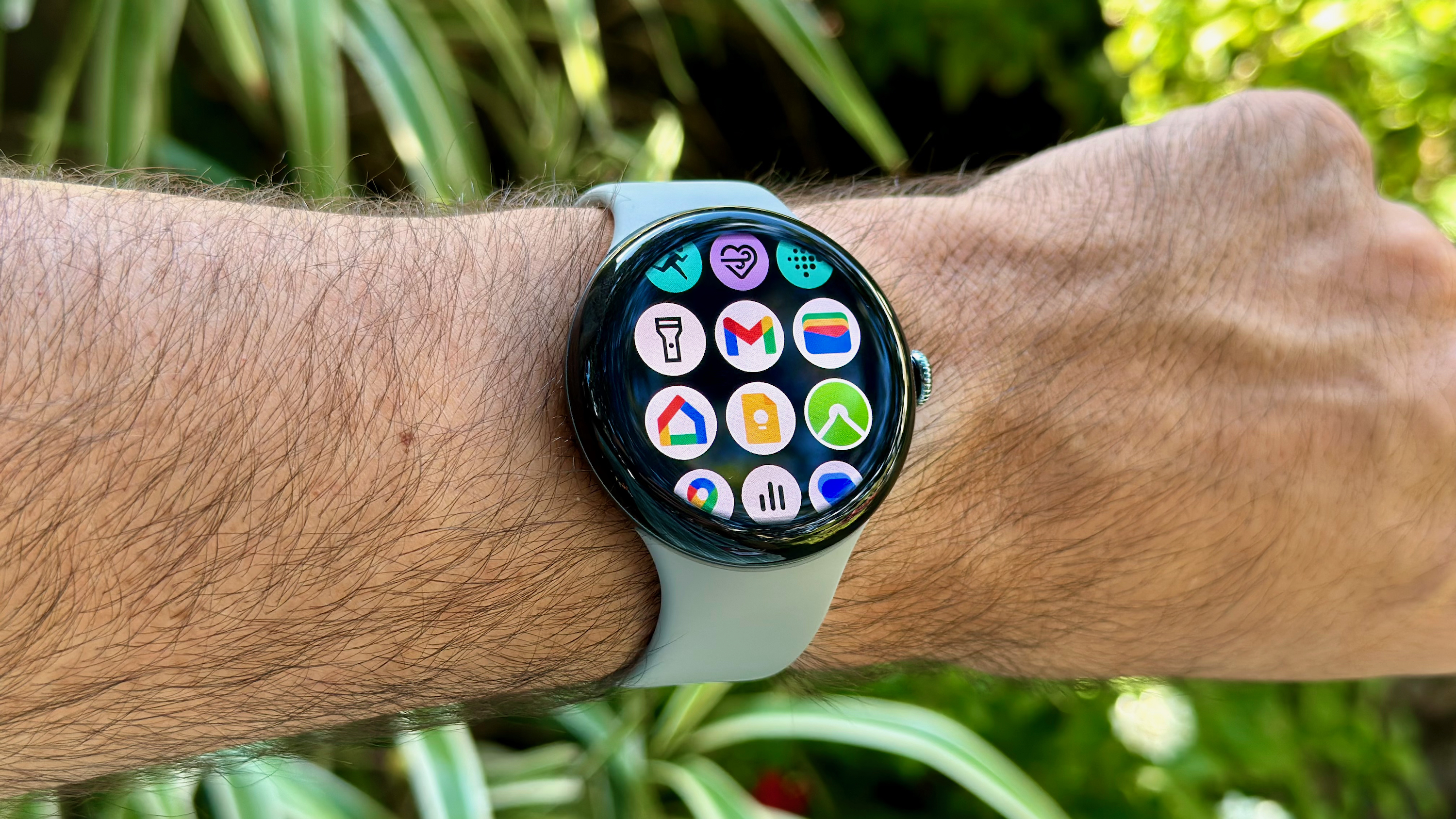Wear OS Weekly

My new weekly column focuses on the state of Wear OS, from new developments and updates to the latest apps and features we want to highlight.
Wear OS 5 is a subtle but significant improvement for Wear OS watches across brands, with the Pixel Watch 3 and Galaxy Watch 7 showcasing its strengths. But the longer the update takes to arrive on last-gen watches, the more questions it raises about the OS’ future.
Google first added Wear OS 5 to the Pixel Watch 2 and 1 on September 27 before pausing the rollout after reports of users’ watches crashing, with “blank screens” forcing factory resets. The Wear OS team promised a resumed rollout “later this year,” adding they would “share additional updates with our community as they become available.”
It’s been nearly six weeks since then, with no updates on when “later” will arrive; Samsung added Wear OS 5 to the Galaxy Watch 6 in the interim, beating the stock Wear OS devs to the punch, but it, too, hasn’t updated its older Galaxy Watches since spring.
Last week, I contacted a Wear OS team member for new info on the root of the problem and the delay in solving it. In response, they linked to the original September help page, saying I’d “find what [I] need” there. I didn’t, obviously.
Since Google wouldn’t explain the delay, I speculated with my Android Central coworkers. We’re guessing the Wear OS devs probably haven’t replicated the configuration issue causing these blank screens, so they’re stuck waiting to avoid a repeat of crashing watches. It’s not that the older watches can’t run Wear OS 5, especially since the Pixel Watch 2 and Pixel Watch 3 largely share the same tech.

Unlike Samsung, which pushed out eight One UI 6 Watch betas on the Galaxy Watch 6 before the stable build arrived for those in the program, Google doesn’t offer a Wear OS beta program like it does with the mobile Android OS. Perhaps this incident will convince Google that it’s worth exploring for Wear OS 6 to try and catch these issues beforehand and avoid the QA headache of a rolled-back update.
Android 15 took longer than usual to arrive this year, too, but phones have the headroom to implement a ton of new features, while smartwatches use old Arm Cortex cores and settle for a few software tweaks per year.
With Wear OS 5, you get battery optimization, better content reflow optimized to fit different screen sizes, new “flavors” and goals for the Watch Face Format, and a few new features for runners. Specific to the Pixel Watch, you’ll see a Nest Cam view, Google TV controls, a recorder app, and a cam viewfinder mode; older Galaxy Watches will add Energy Scores, a new Quick Panel, universal gestures, and other tweaks.
I’m not saying Wear OS 3.5 and Wear OS 4 were unimportant updates, but their changes definitely felt more pedestrian. Wear OS 5 helped the Pixel Watch 3 and Galaxy Watch 7 have stronger-than-expected battery life compared to the last generation while also adding some juicy exclusives.
Maybe that’s a partial explanation for why customers are having to wait months later than usual for this new update (the number of substantial changes). And that raises its own questions.
Wear OS already has a messy update history
Since Google and Samsung teamed up on Wear OS updates in mid-2021, it’s become clear that any OEMs besides these two would struggle to keep up.
Wear OS 3 arrived in 2021, but it took Fossil until late 2022 to add it, and then another year for Wear OS 3.5 before abandoning the platform entirely. Mobvoi took until December 2023 to add Wear OS 3, then launched Wear OS 4 in September; its newest watches still don’t have Google Assistant, even though we assumed the Wear OS 4 update would make it available. Who knows when (or if) they’ll get Wear OS 5!

The newest Wear OS partners are OnePlus and Xiaomi. We’ve yet to test the Xiaomi Watch 2 or Watch 2 Pro, but we know they only just received Wear OS 4 in September 2024, a year behind; as for the OnePlus Watch 2, it’s slated to receive Wear OS 5 and 6, but we don’t know when.
We hope OnePlus fans won’t have to wait long, but that seems to be the track record for everyone besides Google and Samsung for relatively minor changelogs. Now that Google itself is struggling to update its watches speedily, who knows what that means for its partners trying to add Wear OS 5. Will they need a year or more?
Whether Wear OS updates get quicker (or longer) will depend on hardware
Google promises its Pixel Watches will get three Wear OS updates, while Samsung promises four version updates. Compared to the seven or eight years of updates flagship phones get these days, Android watches get short shrift. Whether that changes will depend a lot on future Wear OS hardware.
I recently wrote about Google’s leaked Pixel Watch chip plans and why it may play it safe with a lesser version of Samsung’s Exynos W1000 with Arm cores rather than go all on in open-source RISC-V or try a Snapdragon W5 Gen 2 with Oryon cores.
If Google chooses Exynos-inspired Tensor hardware, it’ll be because Arm cores keep watches priced low, allow Google to control its software roadmap, and make it easier for third parties to stick with the same Wear OS coding that they’re familiar with. At the same time, Tensor optimization would keep the status quo, with a limit on what Wear OS watches can do and other OEMs scrambling to stay a year behind Google and Samsung.
After hearing Qualcomm VP of Wearables Dino Bekis talk about future Wear OS watches with a goal of week-long battery life, more AI and compute capability, and a platform with enough “headroom” to “scale for multiple years,” I’ll admit that it made me hope for more. But that could come with its own update problems.
On the plus side, an optimized RISC-V chip or more powerful Snapdragon chip could make future Wear OS updates more substantive, leave room for future updates beyond three years, and give OEMs more headroom to implement their own watch software features instead of having to stay in lesser lockstep behind Google.
As a negative, more powerful smartwatch chips could make watches more expensive and make it much harder to optimize future Wear OS updates for current hardware — especially if Google chooses the RISC-V route.

I don’t know what will happen with future Wear OS watch hardware, and if it’ll make this year’s messy update a thing of the past or a common occurrence. What I do know is that companies should have greater transparency around delays and glitches like this.
It’s been three months since the August 2024 Wear OS update, and Pixel Watch 1 and 2 users being kept in radio silence after a glitchy annual update will remember this delay when choosing their next watch, whether it’s the excellent Pixel Watch 3, Pixel Watch 4, or a different brand entirely.
Of course, Samsung (the most obvious alternative) has been lax when it comes to keeping its older watches updated every month. It makes me wonder why Wear OS watches are so difficult to update, both for small and major updates!
Google may not want headlines saying what went wrong, but not explaining the delay isn’t any better. Wear OS updates are already enough of a messy Wild West, and even if you can’t provide a timeline, you can at least explain in more detail what went wrong.
